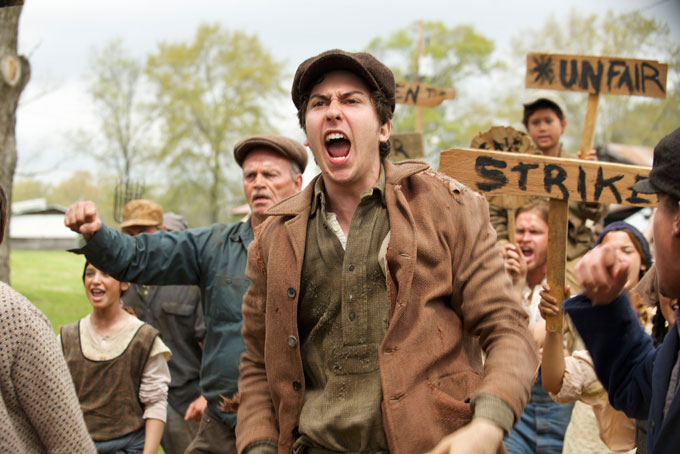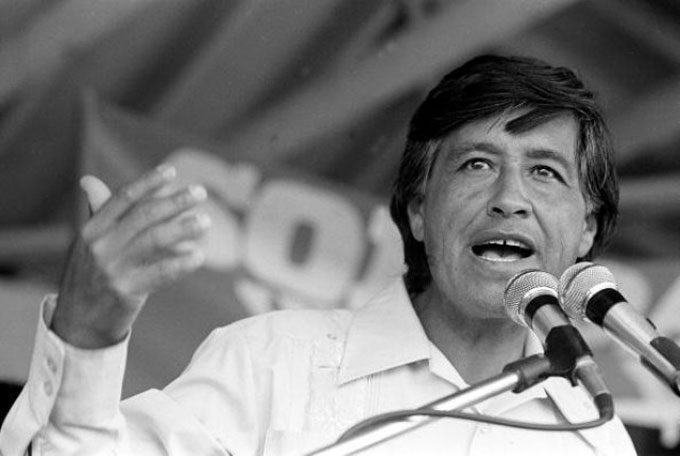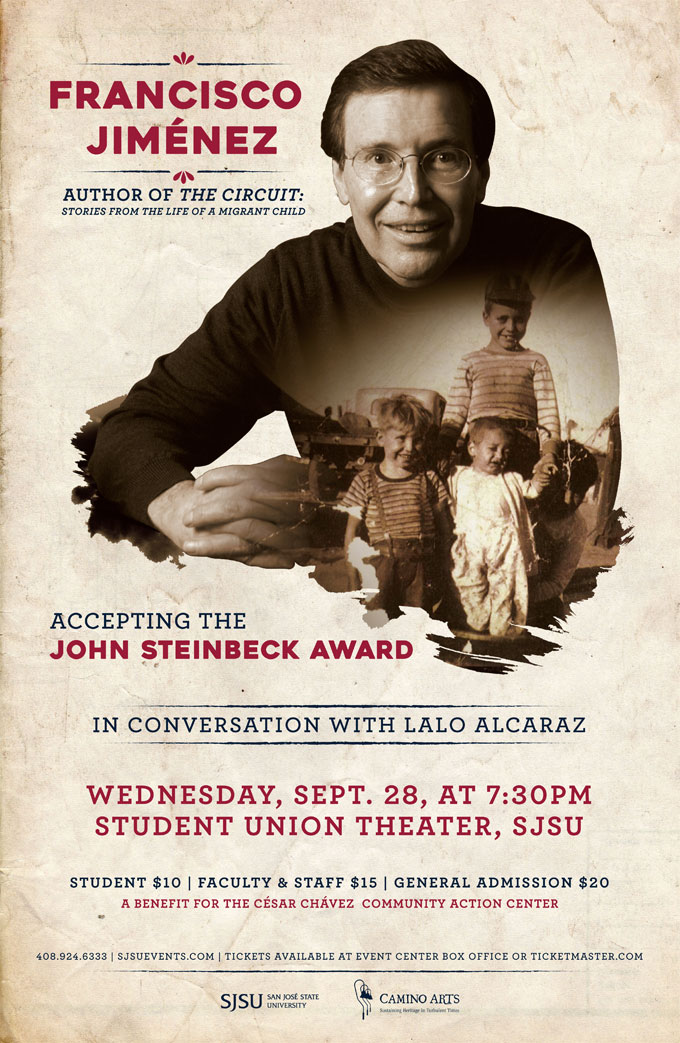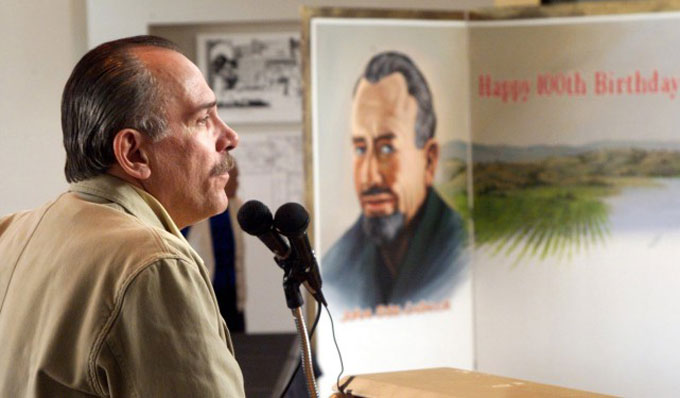Now and then I wonder what Steinbeck’s Of Mice and Men would have looked like staged by Paul Newman, how it would have felt. Would George have taken on a swagger? Would Curley’s wife have been even sexier? Newman after all had a way with exotic characters, whether Ben Quick or Brick or Cool Hand Luke or Fast Eddie Felson.
Paul Newman had a way with exotic characters, whether Ben Quick or Brick or Cool Hand Luke or Fast Eddie Felson.
Before assuming Newman might have exaggerated or distorted Steinbeck’s earthier Lennie or Slim, it’s good to remember the Westport Country Playhouse production of Thornton Wilder’s Our Town. Newman’s folksy Stage Manager couldn’t have been more sagely understated. That was in 2003.
By 2007 Newman was dying and knew he didn’t have much work left in him. The fact that he chose to direct Of Mice and Men at Westport–in what would have been his theater directing debut at age 81–was certainly a deep bow to Steinbeck. The play was to open in mid-2008, but Newman’s health worsened precipitously. He stepped down from the production on May 23.
The fact that he chose to direct ‘Of Mice and Men’ at Westport–in what would have been his theater directing debut at age 81–was certainly a deep bow to Steinbeck.
I was disappointed–I wanted to see what he would have done with it. While I knew I couldn’t make it to Westport to see the production, I figured it would be filmed, as Our Town had been for public television showing. Newman died several months later, in September 2008.
Newman’s Challenge: “Where ya’ gonna send the dime?”
I’d met Paul Newman two decades earlier. It was 1987. I was writing sports for the Monterey Herald, and he had come to Monterey to race at the Laguna Seca racetrack. We talked cars and speed, then the conversation turned to theater and film. He mentioned he would soon be editing a film version of Tennessee Williams’ The Glass Menagerie starring his wife, Joanne Woodward.
I’d met Newman two decades earlier. I was writing for the Monterey Herald, and he had come to Monterey to race at the Laguna Seca racetrack.
I have no idea why, but I said, ”Well, it’s a great play but don’t you think it’s been done too often?’’
He stared at me and said slowly and clearly, as if I was standing there talking to Chance Wayne throwing back another shot of bourbon, “It’ll knock your socks off–and I’ll bet ya’ a dime.’’
About then other reporters moved in and I said goodbye. I’d only gone a short way when Newman called after: “Where ya’ gonna send the dime?’’
I’d only gone a short way when Newman called after: ‘Where ya’ gonna send the dime?’
The reporters stepped aside as he jotted his address on a scrap of paper. My wife Nancy and I saw the film several months later. Knocked our socks off. I wanted to send him the dime but couldn’t find the scrap of paper with his address–and have not come across it to this day.
The reporters stepped aside as he jotted his address on a scrap of paper.
I’ve never felt so guilty over nonpayment of anything. I knew he expected some kind of reply and just about the worse kind of reply to anything is silence. Years later I got an address for him and mailed him a dollar. I didn’t receive an answer but by then he was fighting the cancer and I didn’t expect one. Still, I hoped he’d read my apologetic letter and smile as he pocketed the dollar.
Paul Newman and Steinbeck: A Marriage Made in Heaven?
 Of Mice and Men would to my knowledge have been Newman’s first artistic encounter with Steinbeck. But that day in 1987 at the racetrack in Monterey, when the conversation turned to literature, he acknowledged he was in Steinbeck country in classic Newman style. His blue eyes scanning the surrounding hills close by Steinbeck’s Pastures of Heaven, he said, “No wonder Steinbeck loved it here–sure is pretty.’’
Of Mice and Men would to my knowledge have been Newman’s first artistic encounter with Steinbeck. But that day in 1987 at the racetrack in Monterey, when the conversation turned to literature, he acknowledged he was in Steinbeck country in classic Newman style. His blue eyes scanning the surrounding hills close by Steinbeck’s Pastures of Heaven, he said, “No wonder Steinbeck loved it here–sure is pretty.’’
Paul Newman was famous for the way he could throw a line. But the one that will always haunt me is “Where ya’ gonna send the dime?’’
Another true story by Steve Hauk will appear next week, the 300th blog post published since SteinbeckNow.com launched three years ago. Meanwhile, here is a sample of Paul Newman’s “folksy Stage Manager” in the 2003 Westport Country Playhouse production of Our Town.–Ed.
















